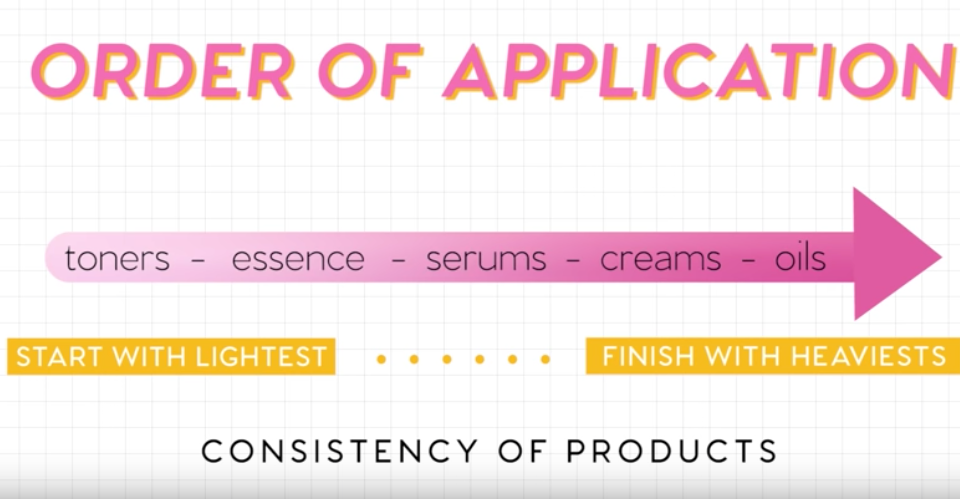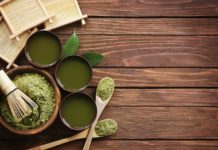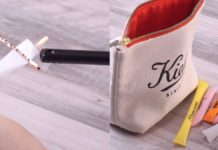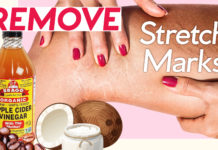Sometimes, some things in life won’t go together. When there is water, there is fire. When there are salads, there are cupcakes. When there are gains, there are losses. Layering certain skincare products may cause acne, skin irritation, or even premature aging. We outline to top 5 combinations you should be mindful of.
In the attempt to achieve beautiful skin, cosmetics shops and beauty markets RAVE about layering products or having a seven- to ten-step skincare routine every night. But let’s be honest…not everyone has time for that! And worst yet, some of the products you use might contain ingredients that, when mixed with other ingredients can cause disasters for your skin.
We’re going to save you the painful process of trial and error and tell you six of the most harmful combinations to your skin that you might actually be using right now.
1. Vitamin C with AHAs/BHAs or Benzoyl Peroxide
Ahh, Vitamin C. Perfect for brightening skin and minimizing the appearance of uneven skin tone, hyperpigmentation, and acne scars. You’ll find a lot of daytime moisturizers and cleansers containing this special nutrient to help wake up your skin and look fresh for the start of the day.
BUT! Lo and Behold, when combined with AHAs and BHAs such as glycolic acid and salicylic acid, the pH or the level of acidity of the product changes – which changes the product’s effectiveness.
A word on pH while we’re mentioning it: pH, or Potential of Hydrogen, has a scale that measures items based on acidity or base, so the pH scale goes from 0 (high acidity) – 12 (low acidity). Our skin’s ideal pH level is around 4 or 5, but anything lower or higher than this can cause the skin to either become red, inflamed, and breakout-prone (high acidity) or dry, flaky and perhaps wrinkly skin (low acidity).

Depending on the skincare products you use, your skin will adjust its pH level accordingly. That’s why it’s crucial that you don’t mix certain skincare products together, when the pH changes, its effects can really make or break your skin.
Vitamin C combined with AHAs/BHAs or Benzoyl Peroxide… are they the ultimate couple for your skin? The answer is yes but at different times. To greatly reduce the unwanted irritation for your skin from the change in pH, we recommend using products containing Vitamin C for one day and using AHAs/ BHAs or Benzoyl Peroxide at another day.
Or you can pair Vitamin C with Vitamin E since they’re both antioxidants and can help repair the skin’s cells through the different layers on the skin.
2. Benzoyl Peroxide (BPO) and Retinol
If you had acne issues, then you’ve heard of benzoyl peroxide. If you wanted to reduce wrinkles, then you’ve heard of retinol. In theory, using both sounds ideal for helping reduce acne and pigmentation, but the truth is quite the opposite! Benzoyl peroxide and retinol are both drying, exfoliating, and peeling agents that break down your skin barrier to shed dull old skin. When you use both at the same time, retinol and benzoyl peroxide can cause your skin to flake, peel, and in bad cases: Redden, blister, and scar! Essentially it’s like you’re rubbing sandpaper against sandpaper.
Fortunately, you can use both benzoyl peroxide and retinol, given that you use one product in the morning and one at night. We recommend using a lower-concentration retinol at night to prevent irritation, and less-than-5% benzoyl peroxide during the day as a spot treatment.
3. Sonic Brush and Exfoliants
I’m sure you’ve heard about exfoliation and how it benefits the skin by buffing it free of dead skin cells to bring out the beautiful and glowing skin underneath. But did you know that there is such a thing as over-exfoliating?
Exfoliants can come in two different types: physical (manual) and chemical.
When you physically exfoliate your skin, you’re probably familiar with using loofahs, sonic brushes, cleansers, or scrubs containing granules such as sugar, crushed walnut shells, apricot pits, ground coffee beans, or even rice flour.
While it’s all good to use these products to exfoliate your skin (and really, you should!), being too rough or applying intense pressure can cause microscopic tears under the skin’s surface and even the blood vessels to break. If you’re using a brush on top of the abrasives, ABORT MISSION!
Not only will over-exfoliating hurt, but it can lead to a downward spiral of redness, irritation, severe hyperpigmentation, and ironically, more acne!
Then, how should we exfoliate safely? Be gentle! In this scenario, the harder you scrub does not give good results. Instead, lightly massage your face using your pinky fingers (and the exfoliator) in gentle circles so that you’re not placing too much pressure onto your skin.
4. Exfoliators and Skin Brightening Products
Whether it’s toning lotion or grainy scrubs, exfoliators work by encouraging dry and dead skin cells to be removed – so that your brand new, baby soft skin can shine through. Thing is, ‘brightening’ products often contain Alpha Hydroxy Acids, which encourage skin cells to peel and therefore do pretty much the same thing! This double dose of exfoliation can lead to your skin becoming sensitive and super dry.
5. Acne Treatments and Chemical Exfoliants
Some popular acne treatments like benzoyl peroxide, are harsh but effective in treating acne because it gets rid of the bacteria on the skin that causes breakouts.
Chemical exfoliants also help to reduce acne, but using both together can lead to a red, flaky and kind of painful mess!
Here’s the confusing thing, although benzoyl peroxide and some topical exfoliants (such as salicylic acid) can actually work together in some doses to fight acne, they can also cause increased irritation to the skin.
The best thing to do is to alternate their use. It’s best to exfoliate one to two times a week, so if you’re using benzoyl peroxide one day, use the chemical exfoliant on another day. This is a safe way to use with both products without leading to irritated skin.
6. Face Oil and Hyaluronic Acid
Have you ever asked the question: what order should I apply all my products? Oils then creams? SPF then makeup? Retinol and then BHA?

The general rule is that you should apply products from lightest to heaviest. Because generally, products that are thinner and more watery will tend to have a smaller particle size, meaning they can penetrate deeper into the skin – these include toner, essence, serums – use these first. Then use creams and oils to seal it all in. Boom. Done.
Hyaluronic acid is extremely moisturizing and great for oily acne prone skin. But because hyaluronic acid is water-based, it can’t penetrate the oil, meaning it can’t get to your skin to do its job. So if you put oils on before hyaluronic acid, it just sits on top of that barrier.
Instead, it’s better to apply hyaluronic acid first before layering it with a face oil on top. An even better pairing is hyaluronic acid and retinol, for achieving youthful and hydrated skin.
We explain in more detail in our full video: 5 Skincare Combinations that Cause Breakouts & Inflammation in Your Skincare Routine




















